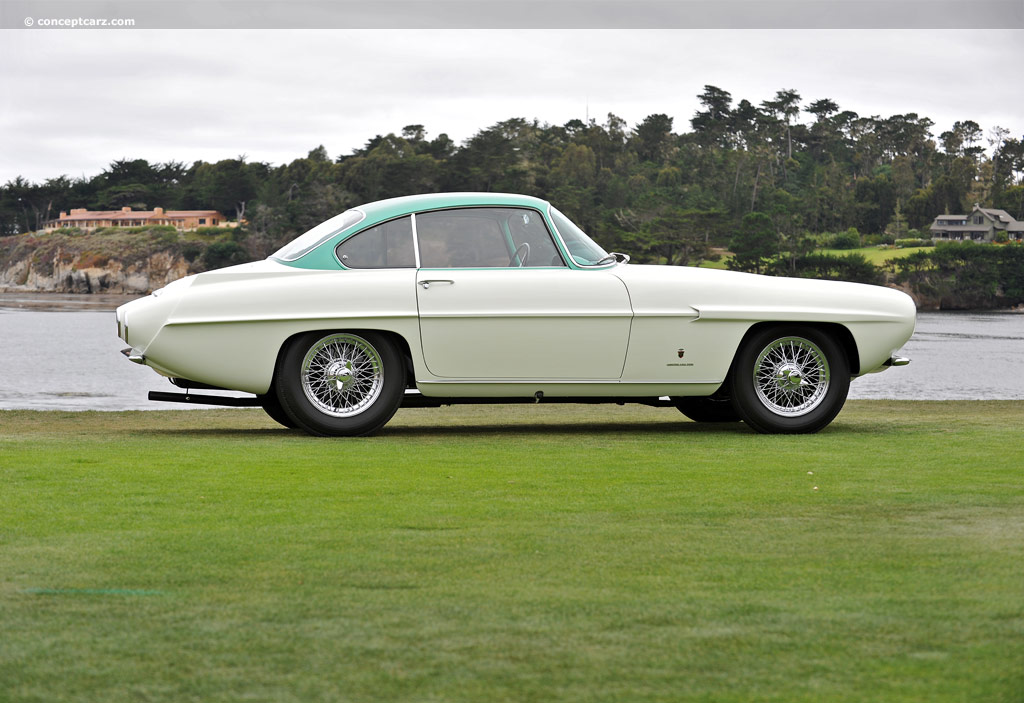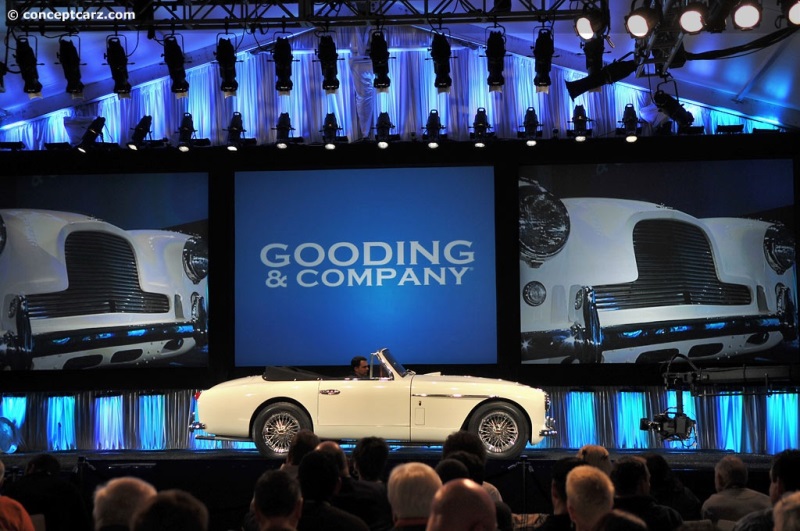1956 Aston Martin DB2-4 MKII Navigation
- 1956 Aston Martin DB2-4 MKII Menu
- Article
- Image gallery
- Valuation
- Specifications
- Profiles
- Production figures
Aston Martin
Similar Automakers
Similarly Sized Vehicles
from 1956
- Alfa Romeo 1900
Aston Martin DB2-4 MKI
Ferrari 250 GT Speciale
Ferrari 500 TR
Jaguar XK-140
Jaguar XK-140 Ghia
Jaguar XK-D D-Type
Porsche 550 RS
Volkswagen Karmann-Ghia
Similarly Priced Vehicles
1956 Aston Martin DB2-4 MKII Vehicle Profiles
Recent Vehicle Additions
Performance and Specification Comparison
Price Comparison
$6,000 - $6,300
DB2/4 Specification Comparison by Year
Year
Production
Wheelbase
Engine
Prices
Related Automotive News

80,000 individual examples of the Continental GT
80,000th Continental GT produced at the Home of Bentley in Crewe
Three generations produced over the last 18 years
Emissions reduction of 48 per cent with a power increase of 27 per cent
17 billion various configurations ensure individuality for...

Gooding & Company Proudly Announces a Geared Online Auction – The European Sporting & Historic Collection From 28 January to 5 February 2021
Hailing from a private UK-based collection, these nine cars represent the very best of motorings most prosperous era, with highlights from Ferrari, Mercedes-Benz, Aston Martin, Bentley, and Rolls-Royce.
Gooding %26 Company, the internationally...

Bonhams Steps Up To The Crease For 20Th Aston Martin Sale
The 20th edition of the Bonhams Aston Martin Sale, the leading European auction dedicated to the Aston Martin and Lagonda marques, will be staged for the first time at the renowned Wormsley Estate in the Chiltern Hills of Buckinghamshire, on Sunday 19th...

2015 Pebble Beach Concours d'Elegance Best of Show
PEBBLE BEACH, Calif. (August 17, 2015) -- An Italian Isotta Fraschini Tipo 8A Cabriolet that once turned heads and garnered top prizes in the classic era glided to victory at the 65th Pebble Beach Concours dElegance on Sunday.
The competition...

RM Auctions In Association With Sotheby's To Showcase Automotive Artistry At New York Sale
RM Auctions, in association with Sothebys, announces exclusive New York collector car auction, November 21
Groundbreaking sale to celebrate the automobile as an art form and feature an elite, handpicked selection of approximately 35 signifi...

































